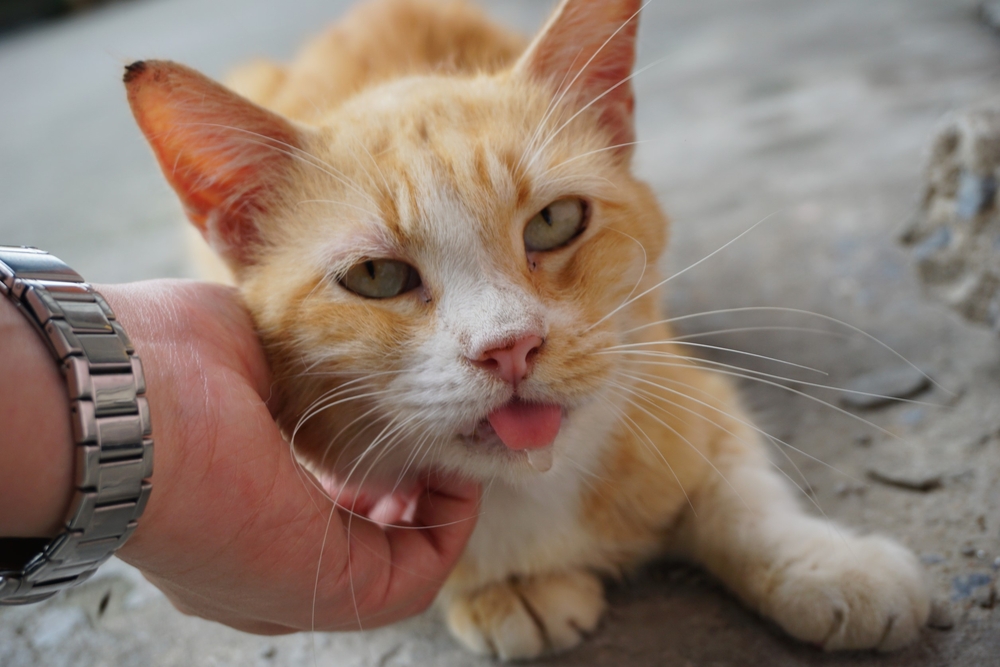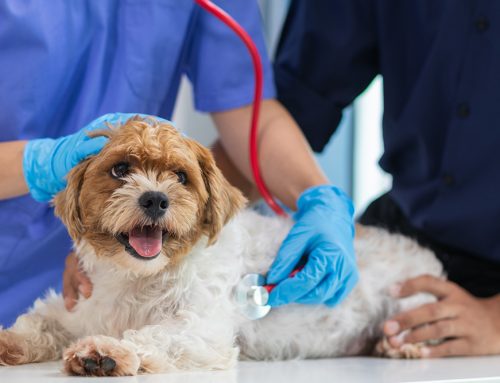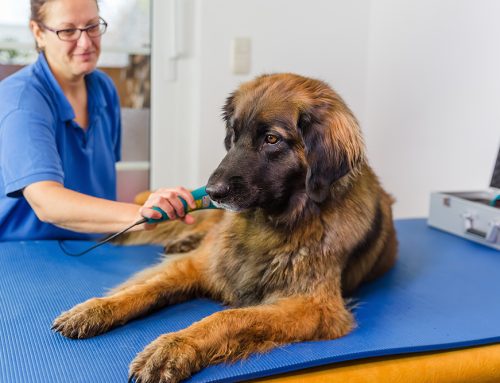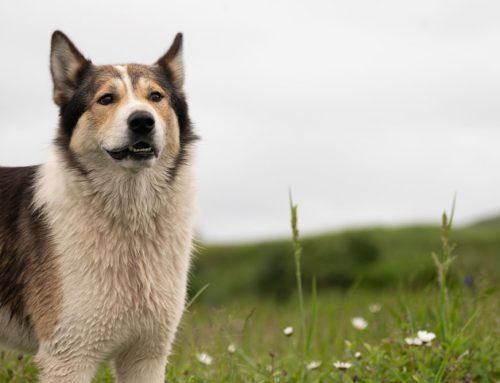Warm weather makes you want to get outside and enjoy the summer season with friends and family, including your four-legged family members. However, hot temperatures and high humidity levels can prove deadly for your pet. To help keep your furry pal safe and cool when you’re outside during the summer, put our Island Animal Hospital team’s heat safety tips in play.
#1: Protect your pet’s paws from hot surfaces
Whether you head to a pet-friendly beach or take a jaunt around your neighborhood, the surfaces on which your four-legged friend walks are sure to be scorching. Sand and pavement soak up the sun’s rays, making the surface much hotter than the air temperature. If you can’t leave the back of your hand on the ground for 10 seconds, the surface will burn your pet’s paw pads.
When the ground is scorching hot, ensure you and your pet walk on dirt or grass, or choose to take a heavily shaded path. Another way to protect their sensitive paw pads from blistering surfaces is to consider outfitting your pet with booties, which will also come in handy during the winter, shielding their paws from snow, ice, and ice melt’s chemicals. Ensure your pet’s booties fit well, and always remove them as soon as you return indoors to prevent a moisture buildup between their toes, which can lead to problems.
#2: Groom your pet appropriately for summertime
When summer temperatures soar, many people attempt to find relief by getting a drastic haircut or shaving their beard. However, shaving off all your pet’s fur won’t help them stay cool and will, in fact, do the opposite. A well-groomed fur coat is part of your pet’s thermoregulatory system, which helps them maintain an ideal body temperature. Fluffy fur traps air next to your pet’s body, keeping it at the perfect temperature.
In addition, unkempt and matted fur will lay flat against your pet’s skin, halting the heat-dissipating process and making them much hotter. Regular brushing removes dead fur, eliminates tangles, and prevents mats, while cool-water baths keep your pet fresh, clean, and comfortable. Rather than shaving your pet down to the skin, trim long strands that are prone to tangles and mats, and brush your pet several times per week.
#3: Encourage your pet to drink an adequate amount of fluids
Many pets fail to drink as much as they should to stay adequately hydrated, especially when they are having fun outside. Encourage your furry pal to drink fluids by giving them a pet drinking fountain, adding a tiny amount of no-salt chicken broth to their water, or tossing ice cubes into their bowl. Swapping out some dry kibble for canned food can also boost your pet’s water intake and minimize dehydration during the hot summer months.
#4: Allow your pet to cool off in shallow water
Splashing around in a pool, pond, or lake is a great way for your furry pal to stay cool when the temperature skyrockets, but unless you know your pet is a champion doggy paddler, only allow them to play in shallow water. Pets can quickly panic when their paws no longer touch the ground, so outfit your pet in a safety vest and stay close to their side while swimming. You can eliminate a water emergency risk by setting up your pet with a few inches of water in a wading pool. They can safely splash and “dive” for toys while they keep their feet firmly planted on the wading pool’s bottom.
#5: Ensure your pet stays in the shade
While the sun’s warmth can be soothing and relaxing, too much direct sunlight can cause your pet to overheat and increase their skin cancer risk. Light-colored cats are most susceptible to developing squamous cell carcinoma when they spend too much time in the sun, such as lying for hours in a sunny window, so take steps to reduce your pet’s sun exposure, whether outdoors or indoors. Apply a pet-safe sunscreen to areas with thin fur, and keep your pet in the shade whenever possible.
#6: Keep your pet’s outdoor activity time short
Some dogs will run and play until they literally drop from exhaustion, making this intense drive dangerous when the temperature is high. If your pet doesn’t know when to take a break, stop encouraging them, put away the ball, and head inside to cool off and relax.
#7: Watch for heatstroke signs in your pet

Left untreated, heat stress can rapidly develop into heatstroke, and your pet can ultimately die. To prevent your pet from developing this deadly condition, monitor them closely. A pet who is overheating pants much more heavily than normal, with their drool becoming thick and ropy. If your pet exhibits these initial overheating signs, head into your air-conditioned house, offer them fresh water, and assist with their body’s heat dissipation by pointing a high-powered fan at them while they are in a tepid bath. Remember, your pet will develop heatstroke if they continue to overheat, so ensure your four-legged friend gets emergency veterinary care if they exhibit any of the following heatstroke signs:
- Weakness
- Disorientation
- Stumbling while walking
- Vomiting
- Diarrhea
- Collapse
- Seizures
Overheating is a serious, potentially fatal problem that can ruin your pet’s summertime fun. If your four-legged friend shows heatstroke signs, seek evaluation and treatment right away with our Island Animal Hospital team. Give us a call to let us know you’re on the way.





















Leave A Comment